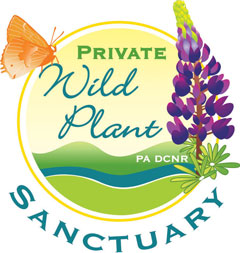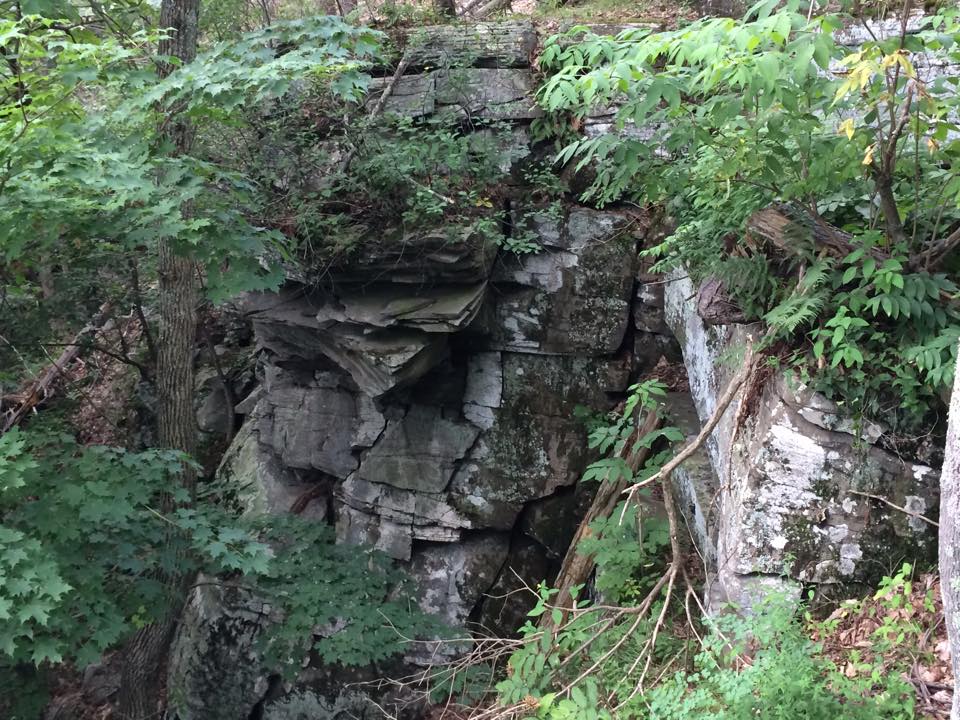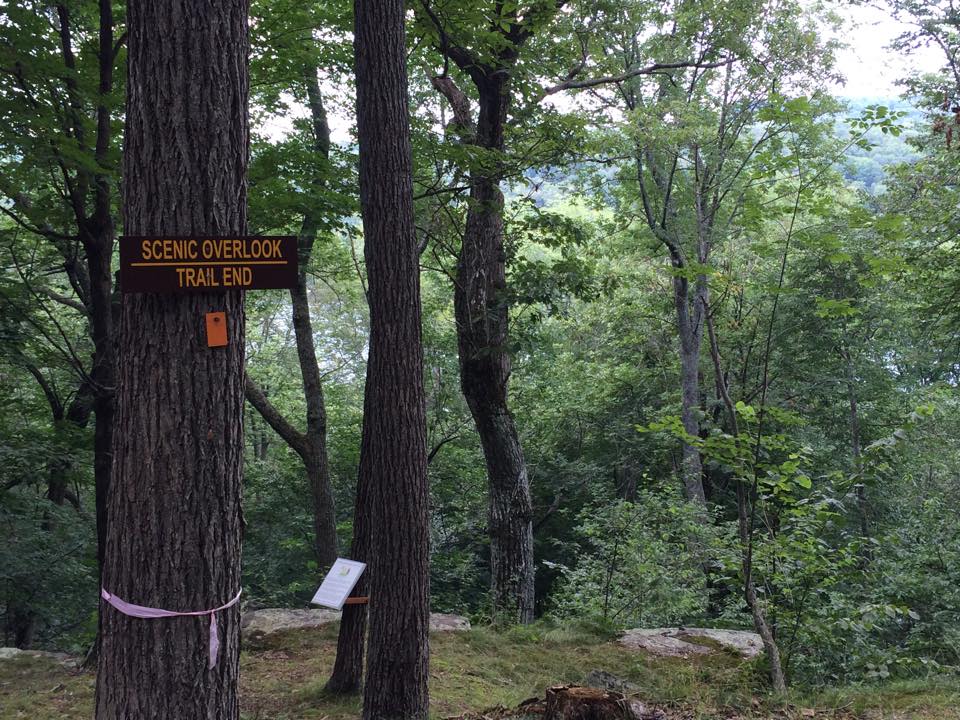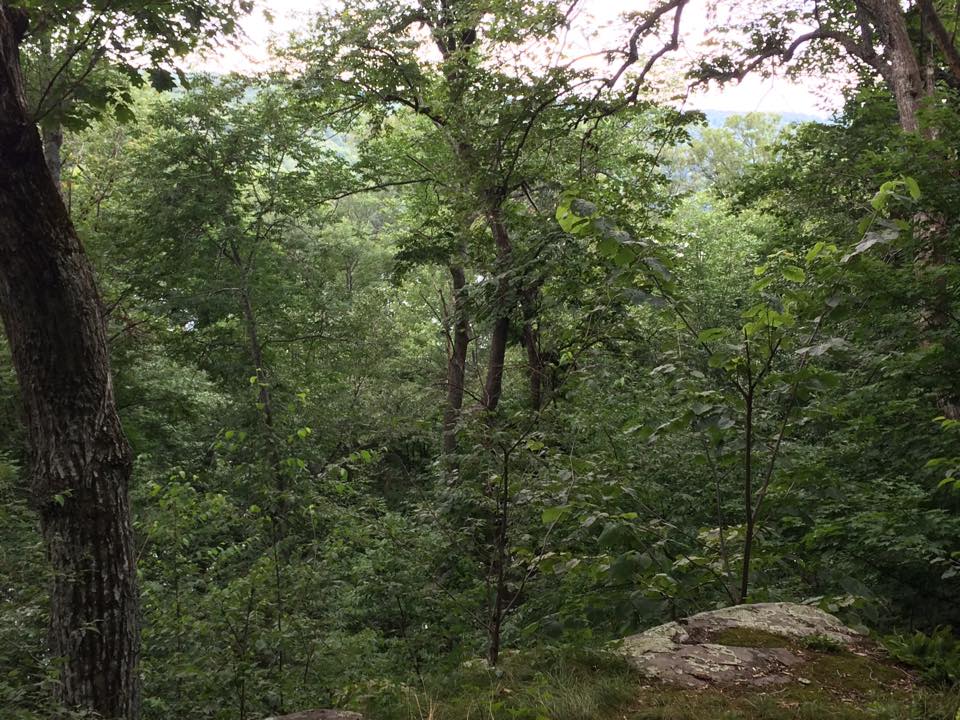This area is one of many natural features you will find a Lacawac Sanctuary. This rock formation was made during the glacial period. About 13,000 years ago, ice sheets passed over the Northern Hemisphere fracturing layer of rock and exposing them along the hillside. Don’t stand too close to the edge! These ledges drop 250 feet down to the shoreline of Lake Wallenpaupack.
The Ledges Natural Area is protected because it is home to many plants and small forms of life that are sparsely found in Pennsylvania. Most of the species found here are more likely spotted further north in Canada.
This area could be considered the most diverse part of all of Lacawac. With 21 species of ferns, 8 species of trees, numerous species of moss and lichens, and wild flowers such as orchids this trail is blooming with life.
Diversity of plant life isn’t the only thing The Ledges Trail has going for itself. This view is perfect for bird watching, and offers a chance of spotting osprey, hawks, and bald eagles. The ledges provide an excellent, year round overlook of Lake Wallenpaupack and even makes for a great relaxing spot while hiking.
Location |
|



